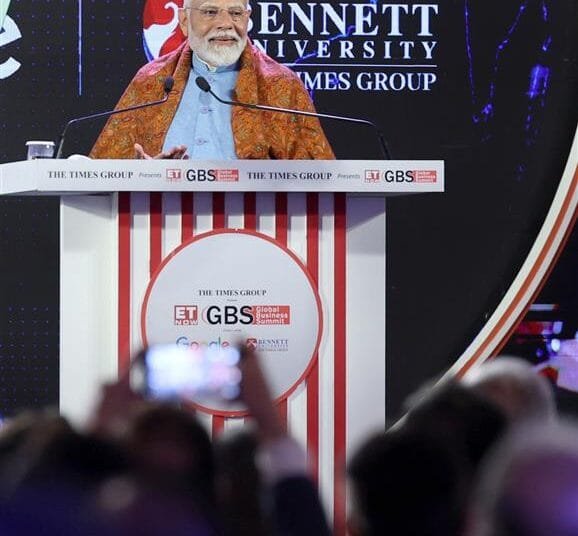Marginal increase in market value
In a significant trend seen in the Indian housing sector over the last five years, the latest data points towards a reduced difference between the ready reckoner rates (RRR) and the actual market prices in the primary (sale by a developer) segment in the top cities.
From a more than 100% difference between the two rates in certain areas in Mumbai, Pune, Gurgaon, etc. in 2015, some localities presently show a mere 6% variation, writes Anuj Puri, Chairman – ANAROCK Property Consultants.
Ready reckoner rates – also known as circle rates or guidance values – are the minimum values set by a state government below which a property cannot be registered. Each area within a city has its own RR rate on which stamp duty is calculated.
To align circle rates with the actual market prices, most state governments previously regularly reviewed and increased the RR rates in cities either y-o-y or in two years.
However, market values increased only marginally in the same period.
For instance, average RR rates at Jogeshwari East (in Mumbai) stood at Rs.11,571/sq. ft. in 2015; today it is Rs.15,143 per sq. ft. – an increase of over 31% in 5 years. Concurrently, the market value in this period increased by only 6% – from Rs.16,300 per sq. ft. in 2015 to Rs.17,280 per sq. ft.
The gap between market values and RR/circle rates in many areas is as low as 6-7%, equal or even negative. Registering a property below circle rates is not permissible. Section 43CA of the I-T Act says that developers/sellers will attract penalties for selling lower than RR rates.
Moreover, even if buyers somehow purchased property below the circle rates, they will bear an additional tax burden as the difference between two rates is taxable – both in the hands of the buyer and seller. Reducing RR rates would reduce stamp duty on property purchase, thereby boosting buyer demand and also providing relief to developers as the multiple premiums they pay to the state governments are linked to the RR rates.
The major advantage of this reduced gap is that it discourages ‘black money’ transactions. The primary sales market in tier 1 cities today offers limited scope for unaccounted cash infusions because of the minimal gap between the state-notified circle rates and the market value quoted by developers in such regions.
Reducing the gap in top cities – In the last 4-5 years, most state authorities regularly increased the RR/circle rates in cities to align them with market values.
Dwarka Expressway in Gurgaon, for instance, saw circle rates rise by 43% in the last four years – from Rs.2,900 per sq. ft. in 2016 to nearly Rs.4,133 per sq. ft. in 2020. However, market values in this period increased only by 10%. The gap between the two rates is narrowing significantly. fiinews.com










